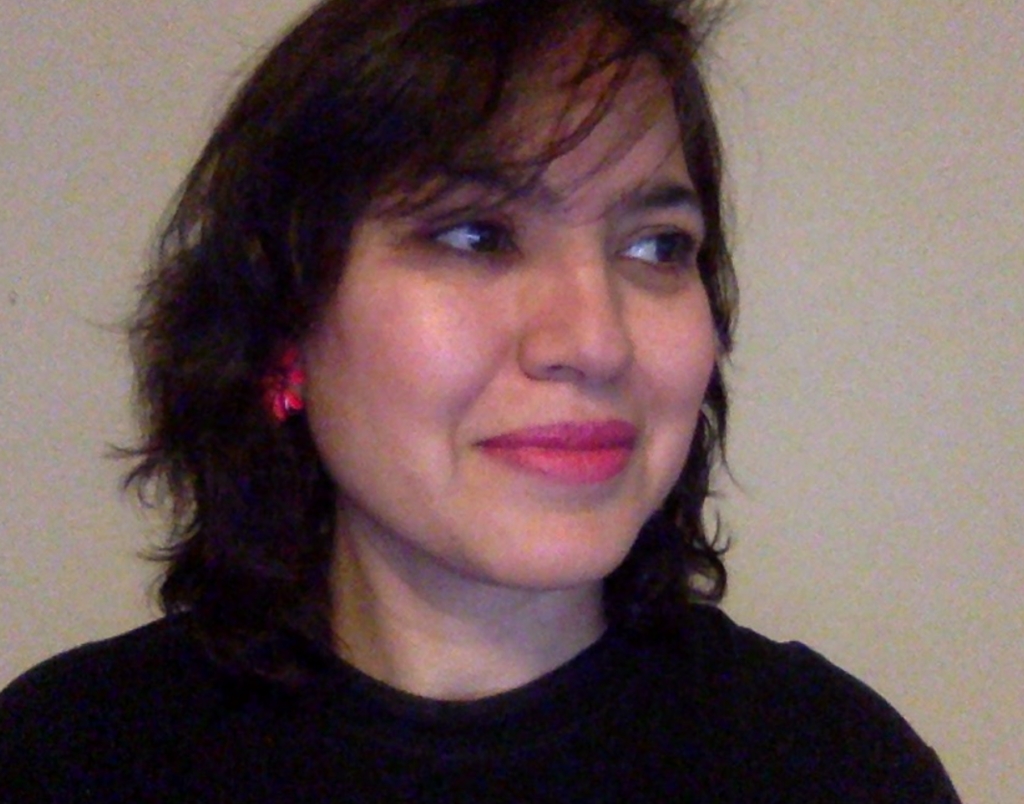
Charu is a lecturer in digital journalism at Swansea University. Charu has previously taught at the University level in the United States, Fiji and Sweden. Her research interests are interdisciplinary with a focus on the use of media for expressing cultural and political identity. A recent publication titled ‘Over Time and Beyond Disney’, published in Social Sciences demonstrates, through a cross-cultural study, how despite its efforts to diversify, Disney’s portrayal of princesses mainstreams the ideas of beauty (https://doi.org/10.3390/socsci8040105). Dr. Uppal’s work has been published in the Journal of Creative Communications, Global Media and Communication Journal, Journalism Practice, and the International Communication Gazette. Her research projects combine academic research with life experience and travels. Recently she has started to post some of her creative work, on her YouTube channel. Charu believes that the power of audio-visual media and creative writing must be utilized to disseminate academic ideas for consumption by non-academic readers/viewers.
Connecting Communities, Maintaining Identities: Popular media & Classical Culture
We live (our) stories every day. Those who migrate, voluntarily or under forced conditions carry the stories with them as a reminder of their identity.
As an assistant professor at the University of South Pacific, I got introduced to the many ways in which Indo-Fijians held on to Hindu culture for over a century. The Indo-Fijian diaspora was created during British rule, mostly without the consent of those forced into it. As the community carried pain and confusion with them to a new land, songs and stories became the most important way of transmitting their memories to the future generations. With time, popular media such as Bollywood movies and television serials became significant contributors.
Equally important were the songs and recitals of Hindu epic, The Ramayana. The book was carried as a memory, sung in songs and enacted as Ramlila for ten days, just as it was in their native villages in India. Some of my ‘traditional’ research has been on how Indo-Fijians have used Bollywood movies as a cultural tool (https://www.youtube.com/watch?v=1H99gs2CZ0E).
However, for nearly a century before Bollywood arrived in Fiji, memories from India were maintained in continuation of rituals, performance of recitals and staging of epics. In performing a story rather than watching a performance (or a movie), the participants became their stories and recreated an environment, where geography became irrelevant and memories transformed into present day reality. The data collected can be presented in tables and and theorized, but a researcher can only share the experience of a culture, as a creative.
As an extension of my academic research (https://www.researchgate.net/publication/316154196_Diaspora_Meaning_and_Assimilation_A_Comparison_of_Indian_Diaspora_in_Singapore_and_Fiji; https://www.researchgate.net/publication/290946891_Dispensing_Nostalgia_for_a_Price_Bollywood_in_the_Lives_of_Indo-Fijians), I have been writing articles about participating in the enactment of the Ramlila as a child (https://www.indica.today/long-reads/ramleela-builder-sustainer-community/) and creating short movies (https://www.youtube.com/watch?v=Jg0sla4v1bY) and documentaries (https://www.youtube.com/watch?v=wP6B44IET-A ) that evoke the essence of community creation, which results from such participatory performances. These articles and audio-visual productions give an insight to the readers/viewers about the extent to which stories were not just a means to continue and transmit Hindu culture, but became significant in holding communities around the performance creating new memories.